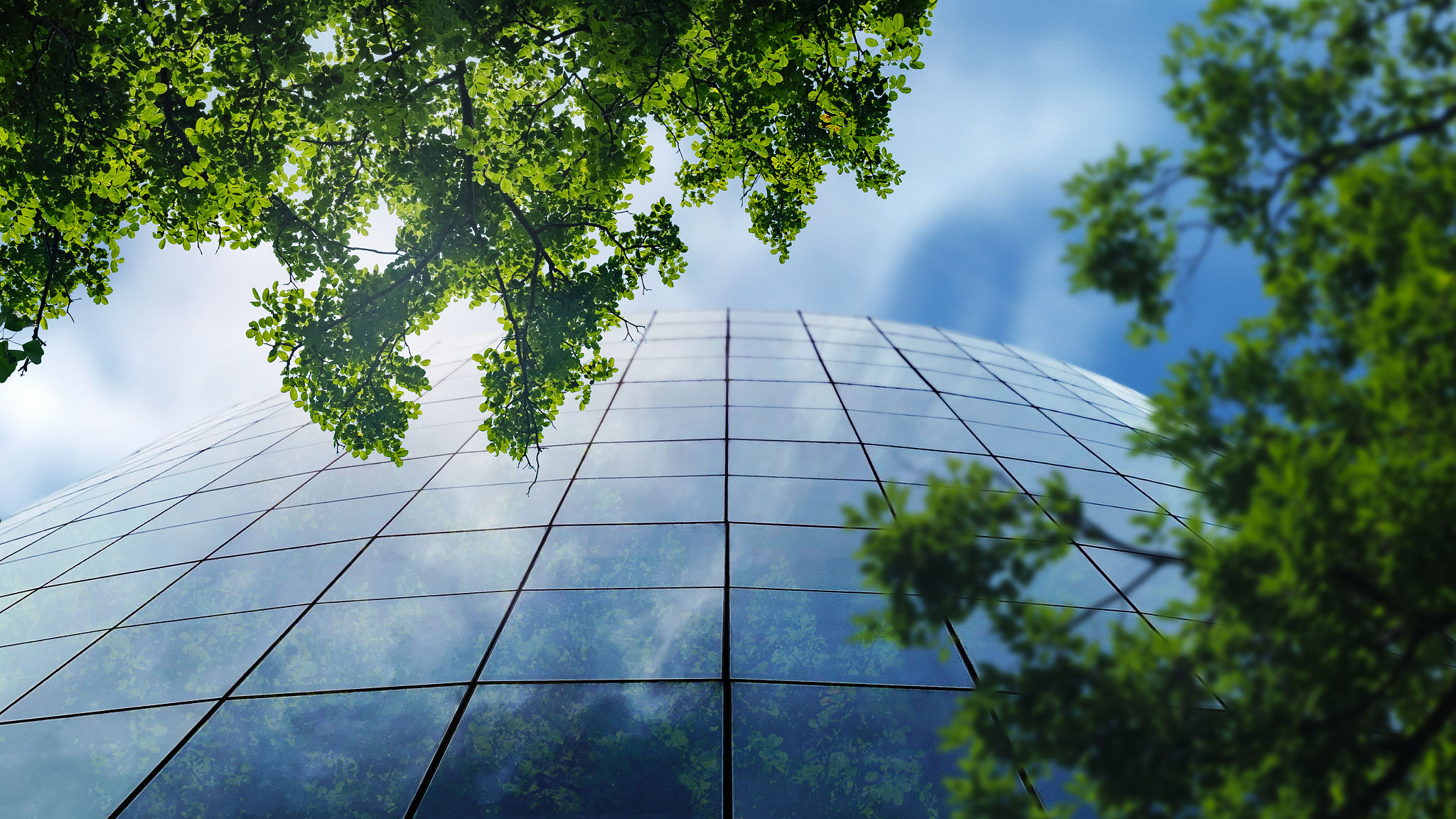Expert Insights: Innovations in Sustainable Construction Real Estate
Introduction to Sustainable Construction
The construction industry has long been associated with significant environmental impacts, from carbon emissions to resource depletion. However, recent innovations in sustainable construction are paving the way for a greener future. This shift is not only essential for the health of our planet but also offers economic advantages and improved community well-being.
The integration of sustainable practices in construction is rapidly evolving, thanks to advancements in technology and a growing emphasis on eco-friendly materials. Key components include energy efficiency, reduced waste, and the use of renewable resources.

Green Building Materials
One of the most significant innovations in sustainable construction is the development of green building materials. These materials are designed to have minimal environmental impact throughout their lifecycle. Some popular examples include:
- Bamboo: Known for its rapid growth rate and strength, bamboo is a sustainable alternative to traditional timber.
- Recycled Steel: Reduces the need for new steel production, conserving energy and resources.
- Hempcrete: An eco-friendly alternative to concrete, made from hemp fibers mixed with lime.
These materials not only reduce the carbon footprint of construction projects but also offer unique aesthetic and functional benefits.
Energy-Efficient Design
Energy efficiency is a cornerstone of sustainable construction. Modern buildings are increasingly designed with features that minimize energy consumption. Some innovative design strategies include:
- Passive Solar Design: Utilizes natural sunlight for heating and lighting, reducing reliance on artificial energy sources.
- Advanced Insulation Techniques: High-performance insulation materials that maintain indoor temperatures effectively.
- Smart Building Technology: Automated systems that optimize energy use, such as smart thermostats and lighting controls.

These energy-efficient designs not only reduce operational costs but also enhance the comfort and health of building occupants.
Water Conservation Techniques
With water scarcity becoming a global issue, sustainable construction practices are increasingly focusing on water conservation. Techniques such as rainwater harvesting and greywater recycling are gaining traction. These methods help reduce water consumption by reusing water for non-potable applications like irrigation and toilet flushing.
Incorporating drought-resistant landscaping and low-flow fixtures also plays a critical role in minimizing water usage in buildings.

The Role of Technology in Sustainable Construction
Technology is a driving force behind innovations in sustainable construction. Building Information Modeling (BIM) allows for more efficient planning and resource management, reducing waste during the construction process. Additionally, 3D printing is emerging as a revolutionary method for constructing buildings with minimal material usage.
Moreover, the Internet of Things (IoT) enables real-time monitoring of building systems, ensuring optimal performance and maintenance. These technological advancements provide powerful tools for achieving sustainability goals in construction projects.
The Economic Benefits of Sustainable Construction
Sustainable construction is not only environmentally responsible but also economically advantageous. Energy-efficient buildings often result in lower utility bills and maintenance costs, providing significant savings over time. Additionally, green buildings tend to have higher property values and attract environmentally conscious tenants or buyers.
The initial investment in sustainable construction may be higher, but the long-term financial benefits often outweigh these costs, making it a smart choice for developers and investors alike.

Conclusion: The Future of Sustainable Construction
The innovations in sustainable construction are setting a new standard for the real estate industry, emphasizing responsibility towards both the environment and society. As more builders adopt these practices, we can expect to see a significant reduction in the environmental impact of construction activities.
Looking ahead, continuous advancements in materials, technology, and design strategies will further enhance the sustainability of buildings, ensuring a healthier planet for future generations. The commitment to sustainable construction is not just a trend; it is an essential step towards a more resilient and eco-friendly built environment.
